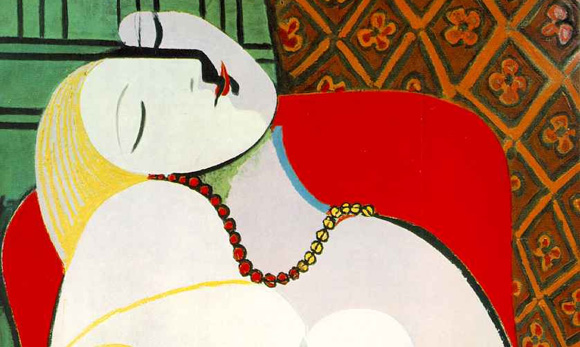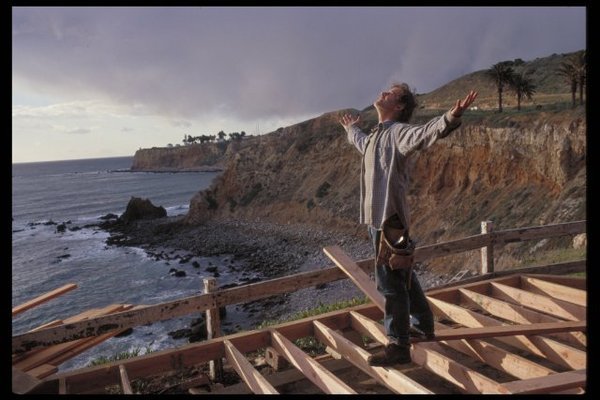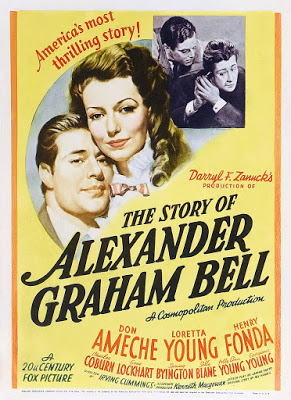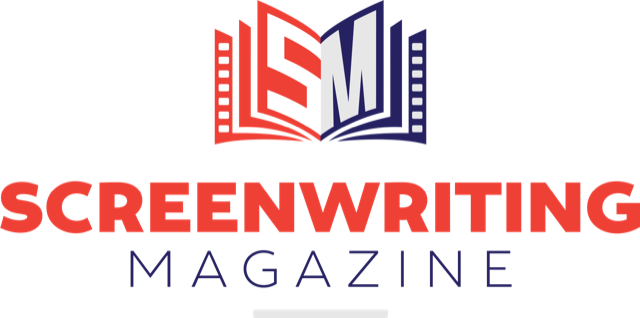
Pablo Picasso was quoted as having said that “when art critics get together they talk about content, style, trend and meaning, but that when painters get together they talk about where can you get the best turpentine.” Craft is king.
When I was a very young writer people told me I was talented. I thought that meant I was basically done and all I had to do was write. Eventually, I figured out that is not how things work and began to educate myself. Along the way, I realized that talent is one of the least valuable things to a writer. Tenacity, luck, wisdom and most importantly craft, are all more valuable than talent. But what exactly is craft? There are several elements that are typically thought of as craft. Mastering these can make up for any deficiencies you might lack when it comes to talent.

Craft is work. Photo courtesy: Fox Searchlight Pictures
Mastering the Form
The first element of craft you need to learn is form. What is a screenplay and how is it constructed? To me, this boils down to formatting. Yes, you could say the form of a screenplay includes story structure but good story structure in a film is very similar to good story structure in a novel or in a television show. So, what is formatting and why is that important? Formatting is presenting yourself professionally. Now, I’m not going to delve into that here but you need to understand a couple of things. First, there are different kinds of screenplays. There are spec scripts used to sell movies, these are formatted for ease of reading, and then there are shooting scripts which are more like a blueprint. And of course, a television script is different from a film script and if you decide to write television you need to learn the formatting for that. You also need to recognize that formatting is style. The rules are trendy and you can, if appropriate, break some of the rules.
You might be wondering why I think formatting is different given the purpose of the script yet structure is the same across the board. Let’s do structure next:
Structure
Story structure is one of the most talked about elements of storytelling and one of the most important to craft. Some will tell you it’s nothing more than having a beginning, middle and an end, while other instructors will show you carefully drawn charts that track all the necessary plot points and all the spots where tension should rise. In order to truly learn craft you need to study different viewpoints on structure and come to your own individual understanding of it.
And then, forget it. Yes, I do mean forget it. This is one of the wisest things I was told at UCLA film school. “Learn everything you can about structure, and then forget it.” The reason that’s important is that once you know it you should stop thinking about it. It needs to become second nature. That’s craft.
Formatting and structure are different in this sense: formatting your script professionally is something you do for the industry, structuring your film well is something you do for the audience.

A screenplay, like a house, must be well structured. Something Kevin Klein clearly learns in Life is a House. (Photo courtesy New Line Cinema)
Character Building
Understanding how to design characters is integral to everything I’ve already discussed. Your character’s emotional journey is closely related to the structure of your film at each turning point, your main character should be subtly changing. But let’s go deeper. Every choice you make about a character needs to relate to the rest of the film and make your audience fall for them. One of the easiest things you can do is have your character’s goal be about others, they want to do good for other people. Alexander Graham Bell did not invent the telephone to become rich and famous – he did it to impress a girl. Yes, that’s probably not what happened in real life, but it is what happens when you write a movie about him.

The poster for the film The Story of Alexander Graham Bell. Notice how prominent the romance is. (Photo courtesy 20th Century Fox.
The Read
Most of the time you’re writing a spec script. The best spec scripts make the reader forget that they’re reading a script and make them feel like they’re seeing a movie. In a spec script you want to avoid camera angles even if you’re hoping to be allowed to direct your project. And this is why “Lana’s big blue eyes fill with tears and her lip quivers” is the same things as:
CLOSE UP
Full face, Lana’s eyes tear and her lip quivers.
The first example pulls you into the story, while the second with an angle forces you to things about how the shot will be constructed. It slows you down and reminds you that you’re reading a script. You want people to be affected by your story and not your understanding of camera theory.
Managing Your Talent
One of the most valuable things you can do for yourself as a writer is to understand your own strengths and weaknesses. This understanding provides you with the opportunity to play to your strengths and downplay your weaknesses. It’s important in deciding what kind of stories you want to tell – if you have trouble designing characters you might stick to the action genre where a little goes a long way. If you’re an excellent mimic, then make your characters sound like the most desirable actors in Hollywood. Know who you are and what it is you have to offer.
I’m sure there are others ways to look at craft, but I this is a good starting point. As you learn, and you should always be learning, you’ll likely come to your own conclusions about craft and what it means. That in itself is craft.




4 Replies to "What is Craft?"
Kathy August 28, 2018 (10:49 am)
Good advice. Thank you.
Marshall Thornton August 28, 2018 (10:57 am)
You’re welcome. 🙂
Ivon August 28, 2018 (3:58 pm)
Marshall, what exercises would you recommend to an aspiring writer to practice the craft of screenplay structure? Is it just a matter or writing a lot of screenplays or is there some way to practice structure craft independent of writing a feature length screenplay?
Marshall Thornton September 21, 2018 (6:39 am)
Thanks for the comment. So sorry it took so long for me to respond. I would suggest looking at some of your favorite films and breaking down the story to its plot points. Call to Action, Entry into the new world, End of Act One, Midpoint, End of Act Two, Resolution. Some people use more plot points others less. Look at a few how-to books and pick one you like.